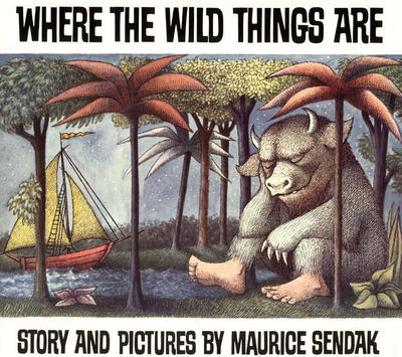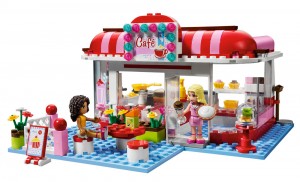Where the Wild Things Are
Maurice Sendak’s “Where the Wild Things Are” has long been one of my favorite books from my childhood. This classic children’s book, which was published in 1963, is about a mischievous young boy named Max who gets sent to his room by his mother to be punished for being too rambunctious. In his room, Max’s imagination takes him to the land “where the wild things are”, where he becomes “king of all wild things”.
Although this book is a mere thirty-seven pages long, with most pages filled by elaborate illustrations, the underlying messages and reinforced gender roles are extremely clear nonetheless. The book reinforces the gender roles discussed by Elizabeth Segel, as the protagonist is a young boy, and the subject matter is that of action and adventure. In addition, Sendek’s book directly exemplifies Segel’s assertion that “the boys’ book was, above all, an escape from domesticity and from the female domination of the domestic world” (70), as Max tries to escape his mother’s control by running away to an imaginary land where he is the king.
Despite the presence of these familiar themes, the book has prompted some negative feedback, as many people wonder if the book is truly for children. Furthermore, Sendak’s statement in an HBO interview, “I don’t believe in children. I don’t believe in childhood”, has prompted some people to debate whether the story is some sort of psychoanalytic masterpiece about a boy’s anger and emotions, or merely a bunch of colorful illustrations designed to catch the attention of children. However, whatever the author’s intended meaning and motivation was behind the story (and Sendak is deliberately making it ambiguous), it seems that certain aspects of Max’s personality seem to resonate with all who have read and enjoyed the book , which is a testament to how much the line has been blurred between what is appropriate for adults and what is appropriate for children.






